For years, digital technology has provided business leaders with a powerful tool to increase efficiencies and deliver growth.
Despite value creation sourced from digital technology, some companies still considered it optional — until faced with the reality of Covid-19. “Digitize to survive” became the decree, making digital technology the lifeblood required to keep a business running.
That requirement is here to stay, as demonstrated by Salesforce Founder, Chair, and CEO Marc Benioff, stating “Digital transformation…it’s a must-have. Organizations and governments around the world have a digital transformation imperative like never before.”
Must-Know Digital Transformation Statistics: Driving Business Growth in 2021 and Beyond
Digital transformation leverages digital technologies across all aspects of a company’s business.
These digital technologies include cloud, big data, analytics, artificial intelligence (AI), machine learning, and the internet of things (IoT).
By digitizing the customer experience, products and services, operations, and the organization itself, companies have the ability to drive evolutionary change and displace traditional market leaders.
The following 90 statistics demonstrate the changes, benefits, opportunities, and challenges surrounding digital transformation in the following areas:
Covid-19’s Impact on Digital Transformation
- 96% of leaders report Covid-19 will accelerate their digital transformation by an average of 5.3 years (IBM)
- 63% of leaders state that the Covid-19 pandemic prompted them to embrace digital transformation sooner than originally planned (Celerity)
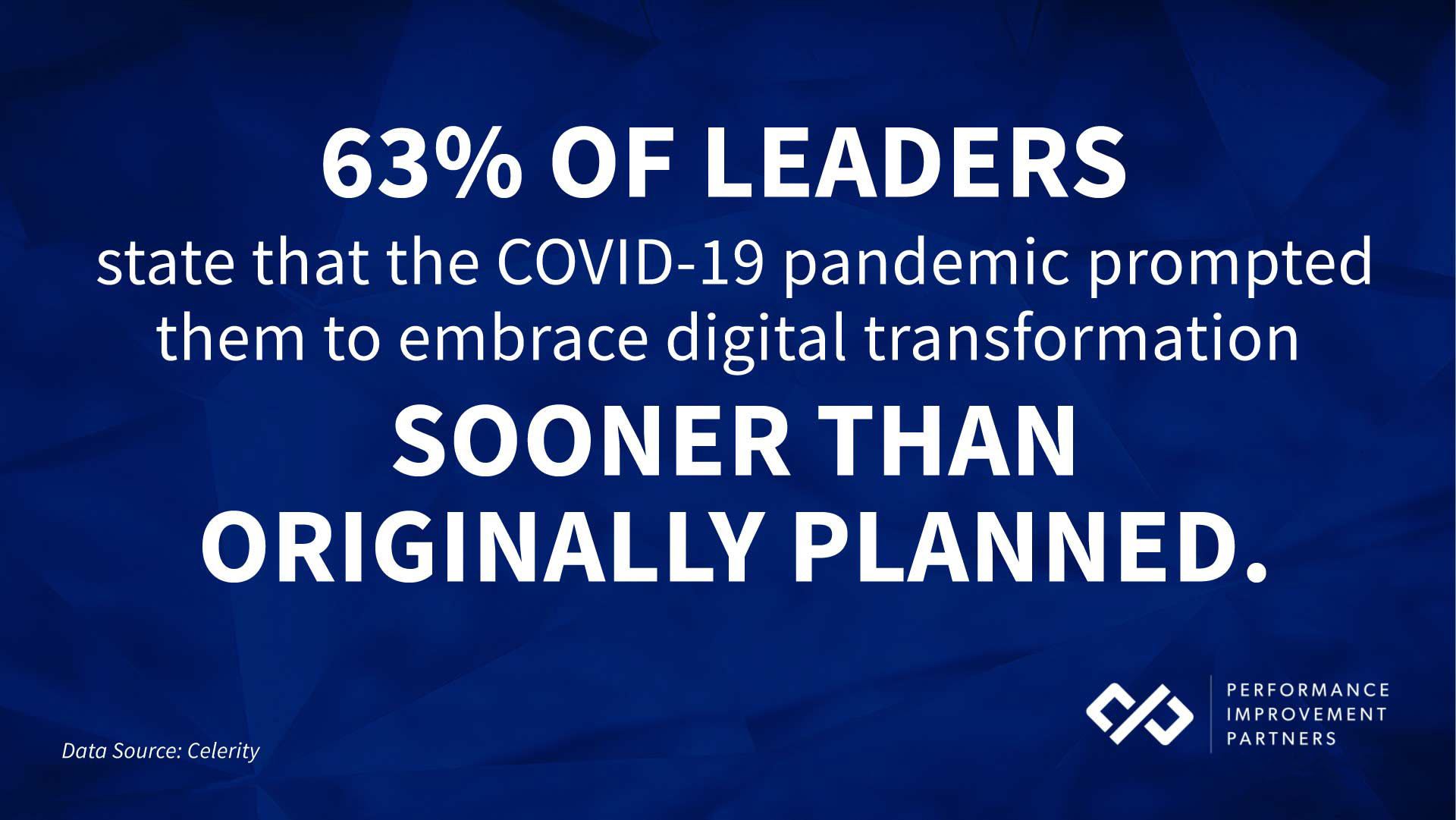
- COVID-19 moved social and collaboration tools from the ‘nice-to-have’ column to the ‘must-have’ column as seen by the projected 14% increased revenue in these areas by 2022 (Gartner)
- 71% of IT professionals have seen an increase in security threats or attacks since the start of Covid-19 with phishing cited as the leading threat
- Since the start of Covid-19, 85% of executives said their businesses have somewhat or greatly accelerated the implementation of technologies that digital enable employee interaction and collaboration—in a matter of weeks vs. months or even years (McKinsey)
- 97% of global IT directors said their companies went through digital transformation due to Covid-19 with 3 out of 5 stating they saw a “large amount of change” (Software AG)
- IT leaders spent an additional $15 billion a week during the first 3 months of the pandemic to support cybersecurity and remote work needs (Harvey Nash/KPMG)
- 89% of companies say the pandemic has shown a need for more agile and scalable IT in order to allow for contingencies (Dell Technologies)
- 67% of manufacturing decision makers say their adoption of digital technologies has been accelerated due to the Coronavirus pandemic (IBM)
- Covid-19 has accelerated the digitization of customer interactions by 3 years in North America (McKinsey)
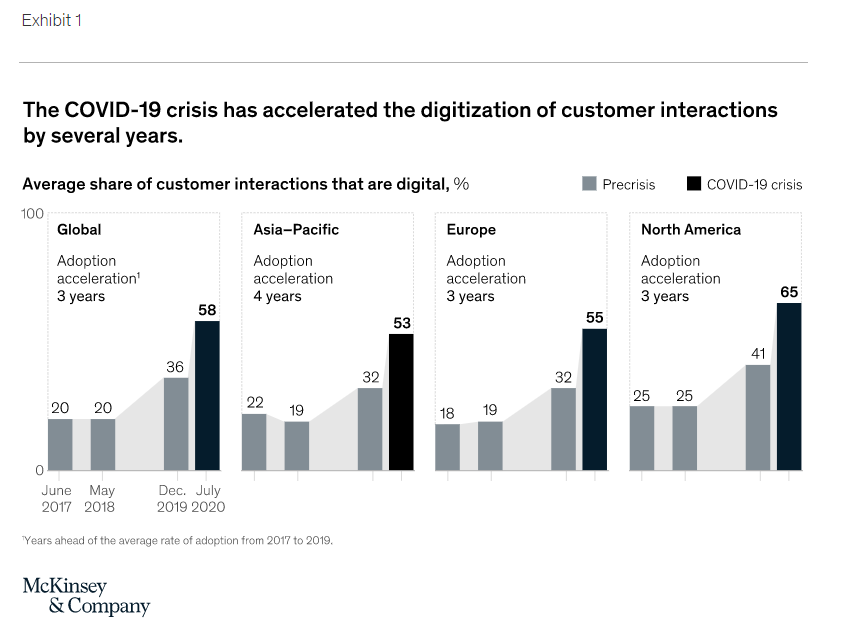
The Benefits of Digital Transformation: Driving Growth, Increasing Revenue, and Improving Innovation
- The top three benefits of digital transformation include improved operational efficiencies, the ability to meet changing customer expectations, and improving the quality of new products (PTC)
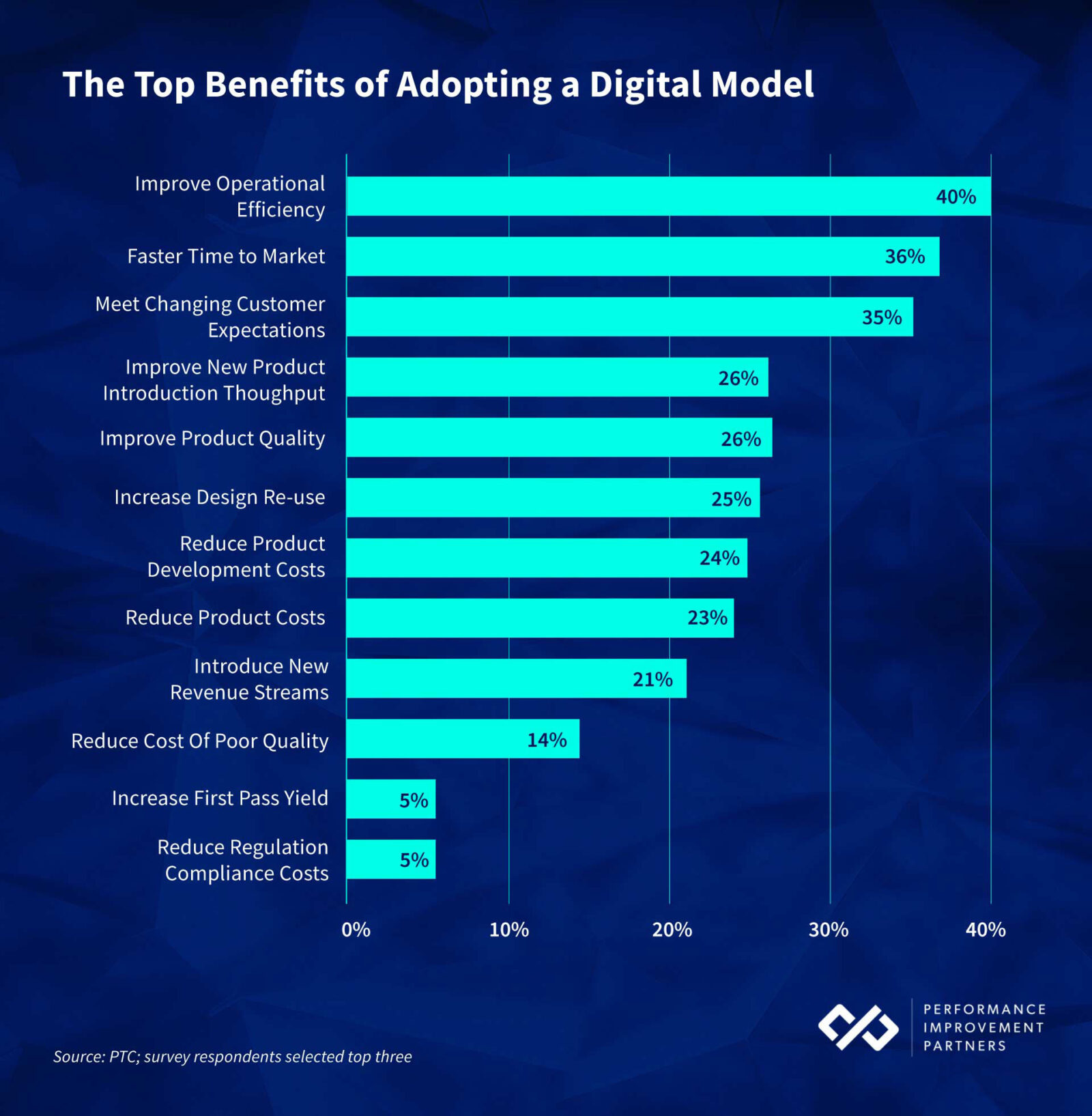
- Digitally mature companies are more likely to have modernized governance and ethics frameworks (MIT Sloan Management Review)
- The top three elements of digital transformation for marketers in 2021 include improving the customer experience, drawing insights from big data, and E-commerce/new roads to market. (WARC)
- Data-driven businesses outperform their peers in customer acquisition at a rate of 23 times more than their competitors (Forbes)
- Digital-first companies are three times more likely to exceed top business goals (Adobe)
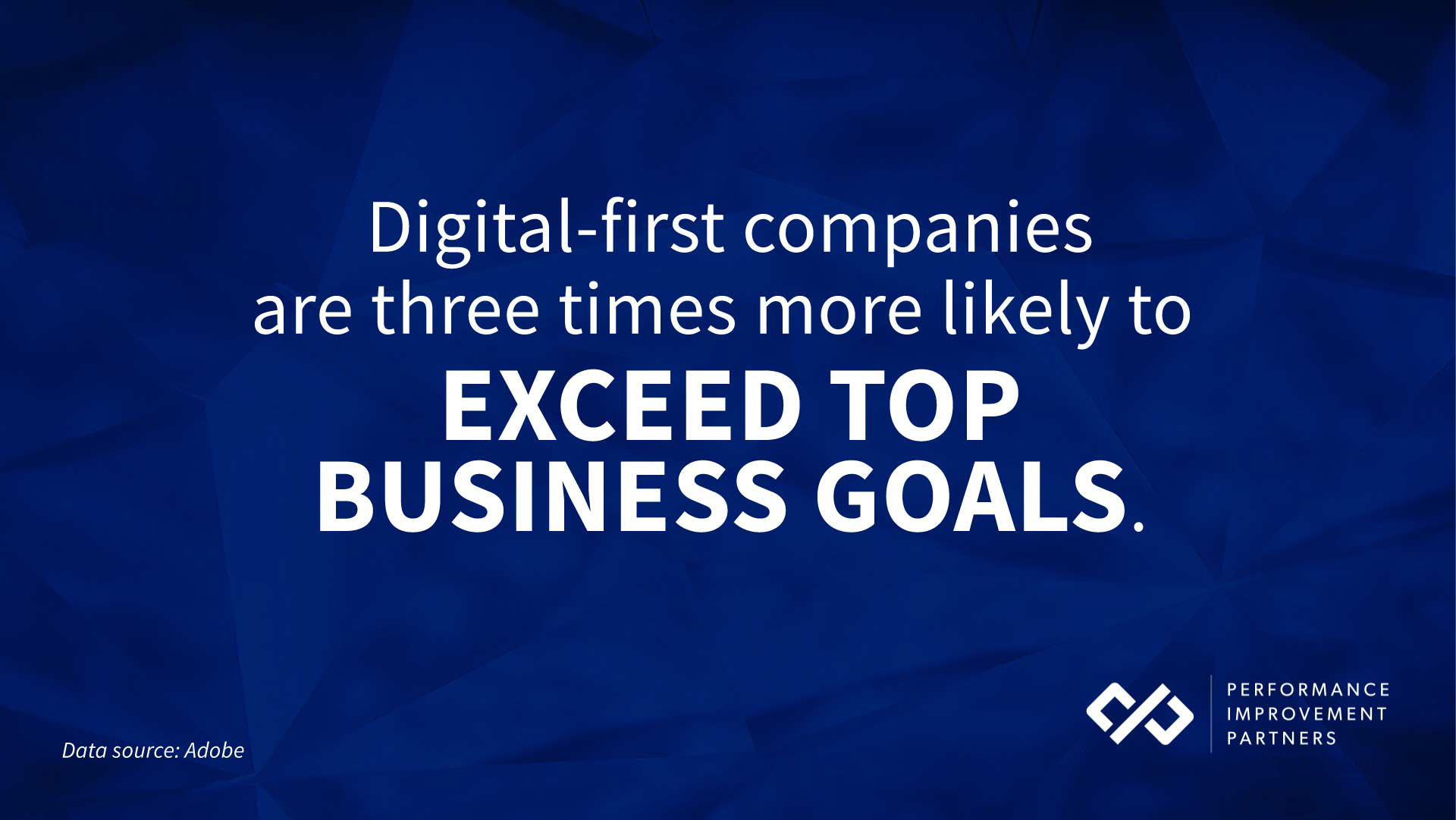
- 84% of business executives say that new business opportunities have emerged as their companies make digital transformations (HBR)
- 81% of digitally mature companies cite innovation as a top organization strength compared to just 10% from early-stage digital adopters (MIT Sloan Management Review)
- Digital maturity correlated with high financial performance—43% of highly digital mature companies report significantly higher net profit margins than industry averages. (Deloitte)
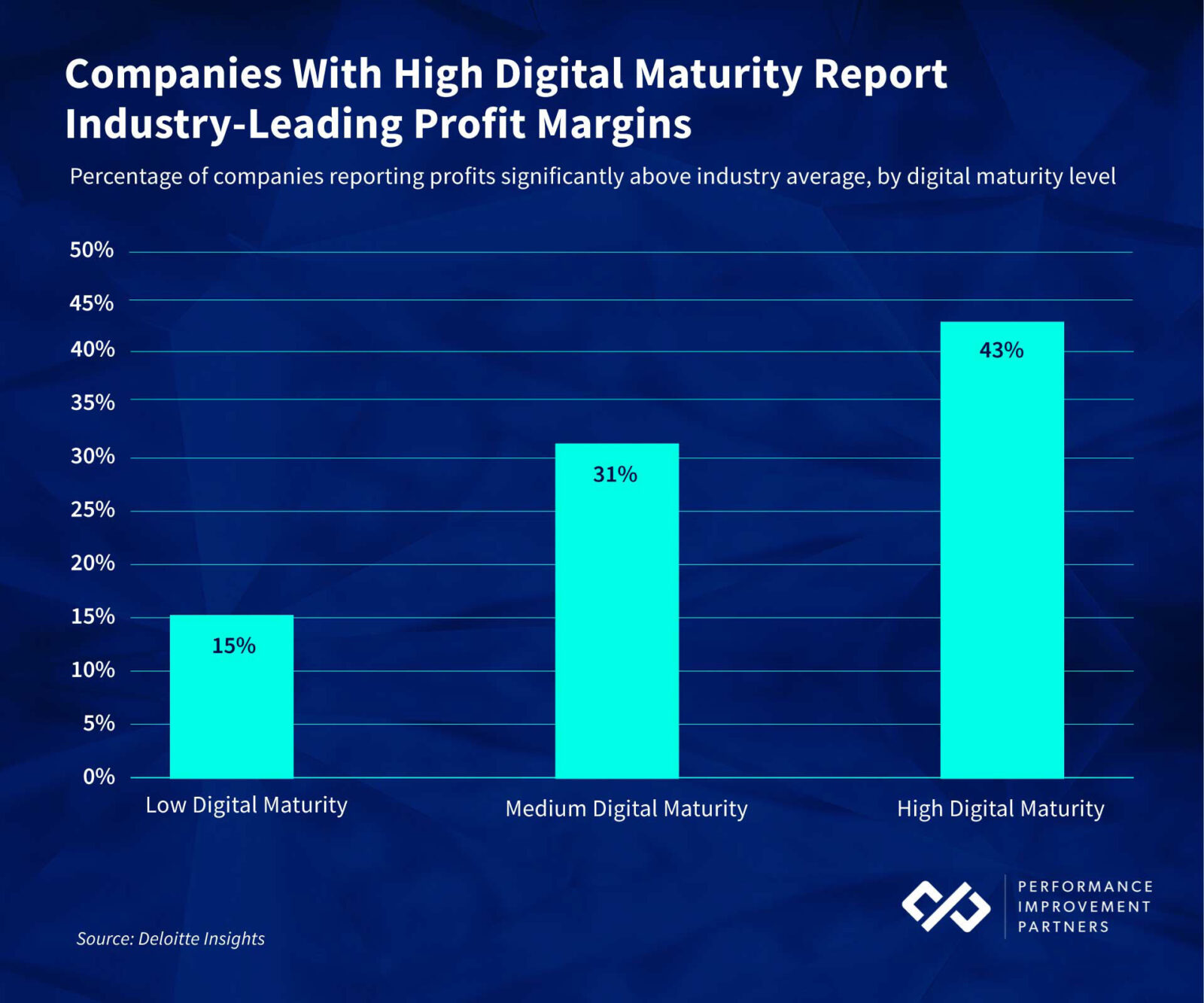
Digital Transformation Adoption and Implementation
- More than half (52%) of companies that exceed $1B in revenue have already completed digital transformation or are in process (PTC)
- 36% of large organizations are using AI to enhance data analysis, up 50% from the year prior (Adobe)
- Organizations are creating new digital business units, operating separately from parent companies, to grow digital revenue (Deloitte)
- 72% of HR leaders have core HR applications in the cloud or are in the process of moving them there (PwC)
- 83% of executives in the U.S. report faster adoption of automation (McKinsey)
- 95% of IT directors feel that technology will help them tackle future challenges (Software AG)
- By 2025, 3 out of every 4 business leaders will leverage digital platforms to adapt to new markets and industries (IDC)
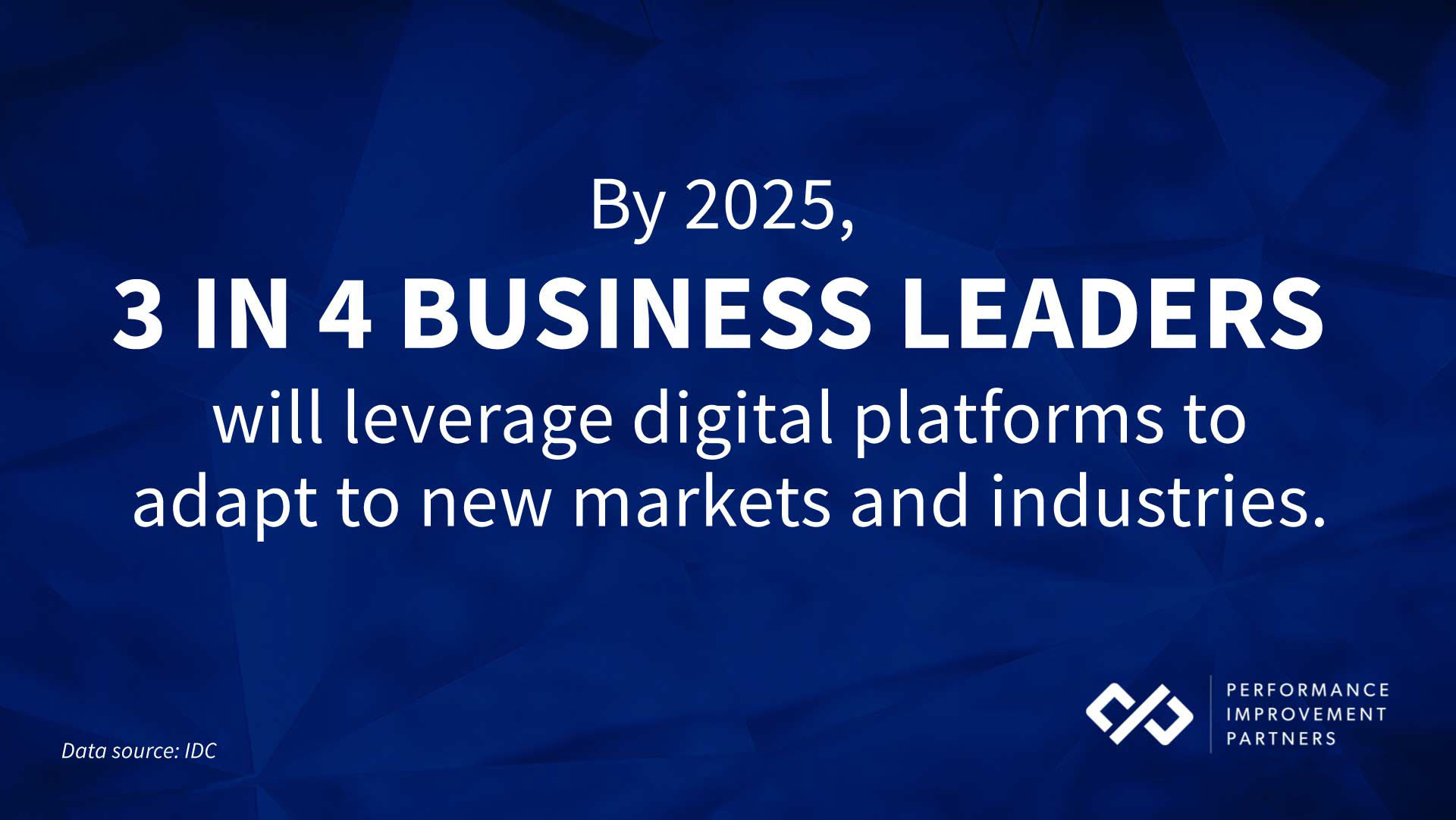
Trends and Predictions for Digital Transformation
- Cybersecurity, cloud and data analytics continue to be high-priority areas of investment (Deloitte)
- 30% of organizations will increase innovation and reinvent their business models in order to future-proof their companies (IDC)
- 60% of enterprise executives feel that IoT will play an important role in their companies’ digital business strategies (IDG)
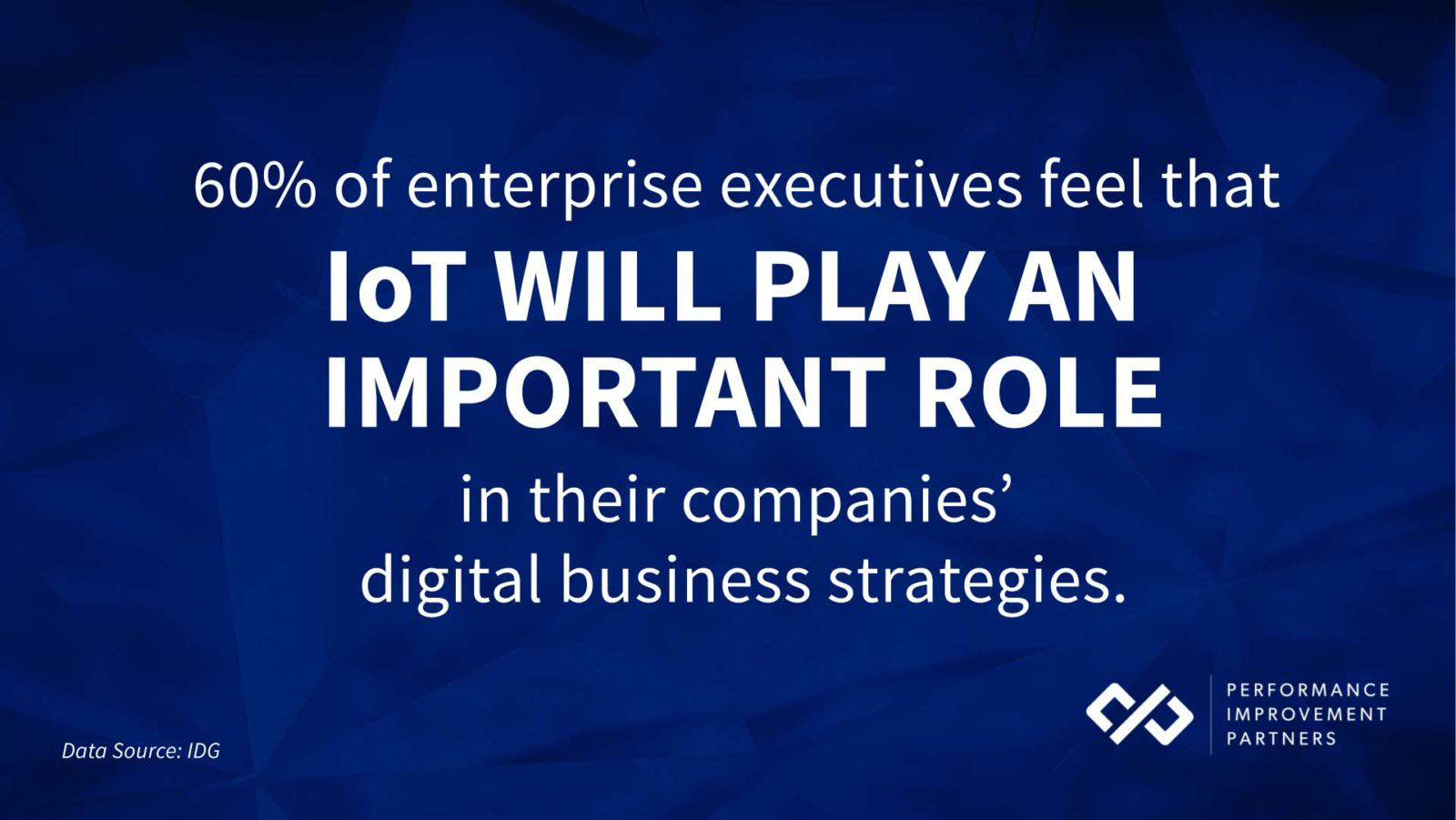
- Customer value-centric metrics are central to digital transformation success: Agile and DevOps teams that focus only on technical performance metrics will fail to align priorities with their companies (Gartner)
- The highest growth of digital transformation will be from devices (14%) and enterprise software (10.8%), largely due to organizations looking to provide innovative workplace solutions (Gartner)
- By 2023, 70% of organizations will use value stream management to improve flow in the development and operations pipeline which will lead to the faster delivery of customer value (Gartner)
- AI software revenues are predicted to reach $100 billion worldwide by 2025 (InformaTech/Omdia)
- 60% of companies are likely to use AI to assist workers in the near-term future (Deloitte)
- Insurance underwriting, warehouse and manufacturing, and customer service are among the jobs predicted to be automated in the next 5 to 10 years. (Forbes Technology Council)
Find out why cybersecurity is a priority for Private Equity Firms and Portfolio companies now more than ever in the 2021 Private Equity Guide to Cybersecurity. earn why cybersecurity is a top investment for Private Equity.
Digital Transformation and Technology Spend
- Worldwide IT spending will hit $4.1 trillion this year, an increase of 8.4% over 2020 (Gartner)
- More than half (52%) of companies plan to increase spend for video applications while close to half (45%) will invest more in team collaboration apps (such as Microsoft Teams and Slack) in the next 12 months (Nemertes Research)
- 74% of companies plan to increase spend on HR tech to address talent needs (PwC)
- With the support of the technology that enables remote work, 63% of high-growth companies have enabled productivity-anywhere workforce models (Accenture)
- Technology changes are the top factors impacting ICT (information and communication technology) spend by 57.2% of retailers (Fujitsu)
- Investments in digital transformation are rising at more than three times the rate of overall IT spend (Forrester)
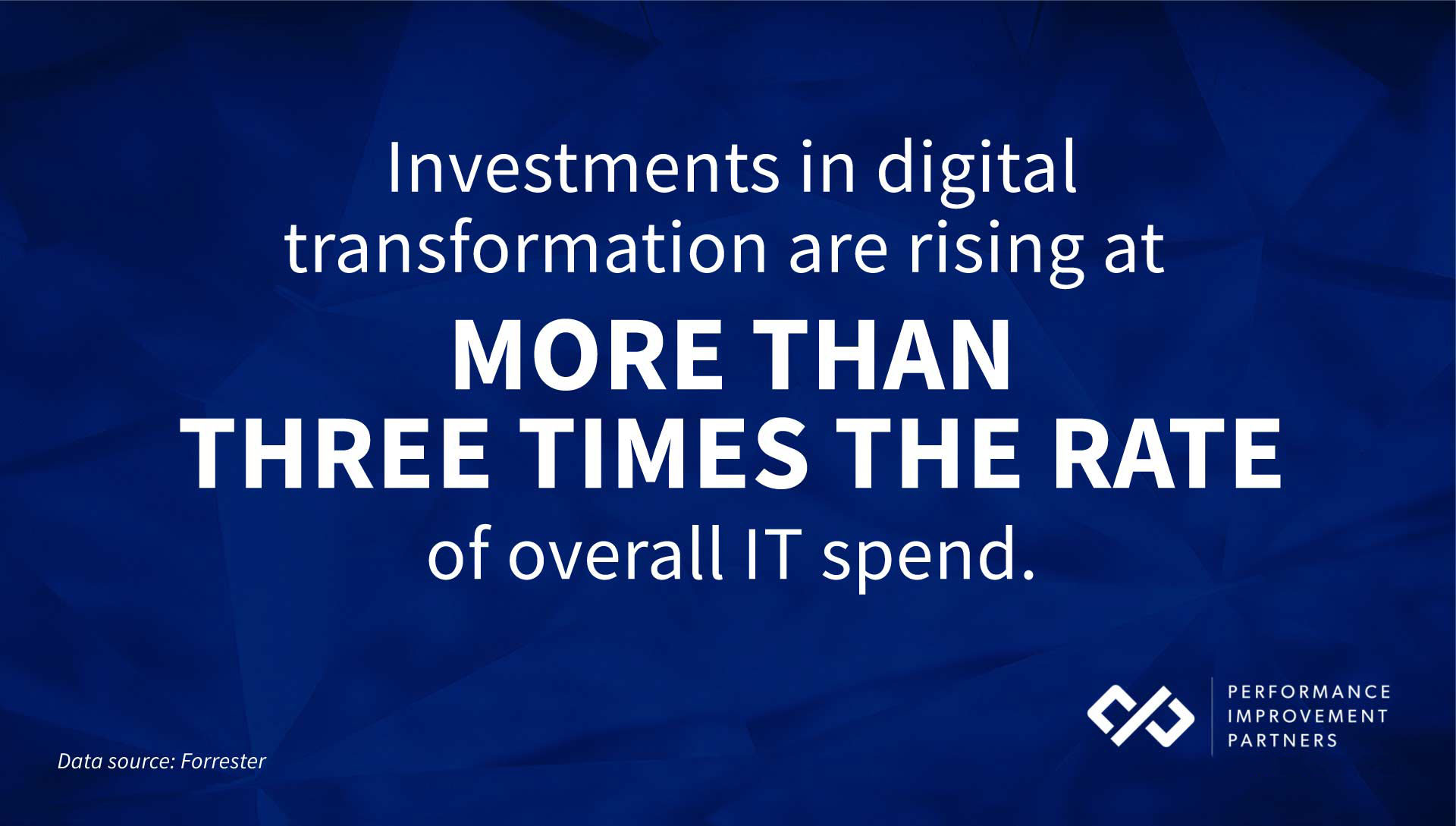
Connecting Digital Transformation and the Customer Experience
- 65% of business executives feel that investing in analytics for frontline workers (those directly interacting with customers) will increase customer engagement and satisfaction (HBR and ThoughtSpot)
- Digital is driving the customer experience: Three quarters of retailers have implemented buy online pickup in store (BOPIS) and 77% are looking at delivering real-time in-store recommendations via smart phones (Fujitsu)
- 19% of businesses have lost a customer by using incomplete or inaccurate data (Dun & Bradstreet)
- Customers seek digital engagement: 56% of shoppers would rather send an instant message than contact companies via calling a support line (Facebook)
- 76% of financial service executives state investing in customers during digital transformation projects is a top priority (McKinsey)
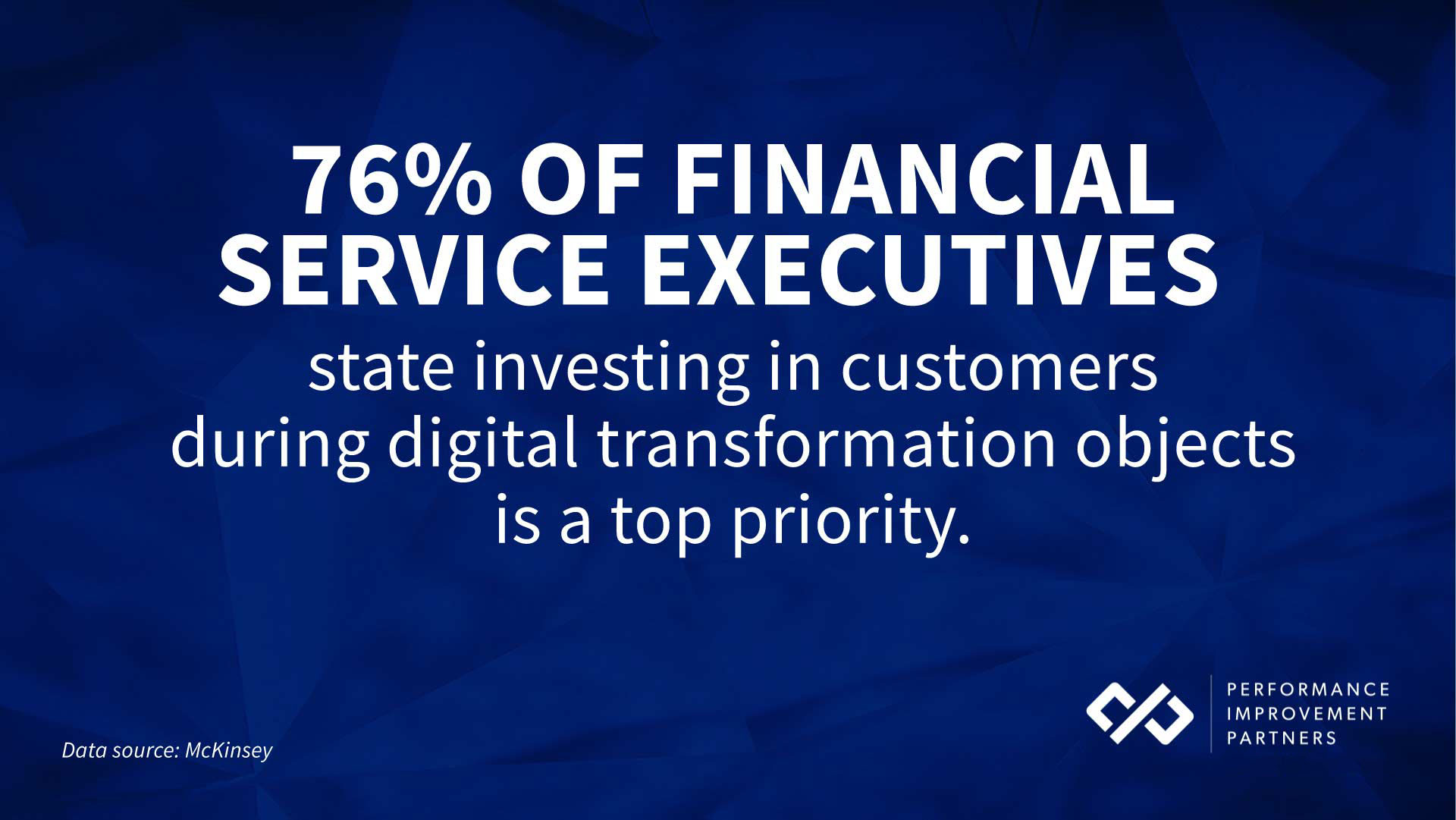
The Impact of Digital on Employees and the Workforce
- More than half (55%) of CIOs plan to increase full-time employees in IT to accelerate digital initiatives in 2021, with top initiatives including security operations and analytics platforms (Gartner)
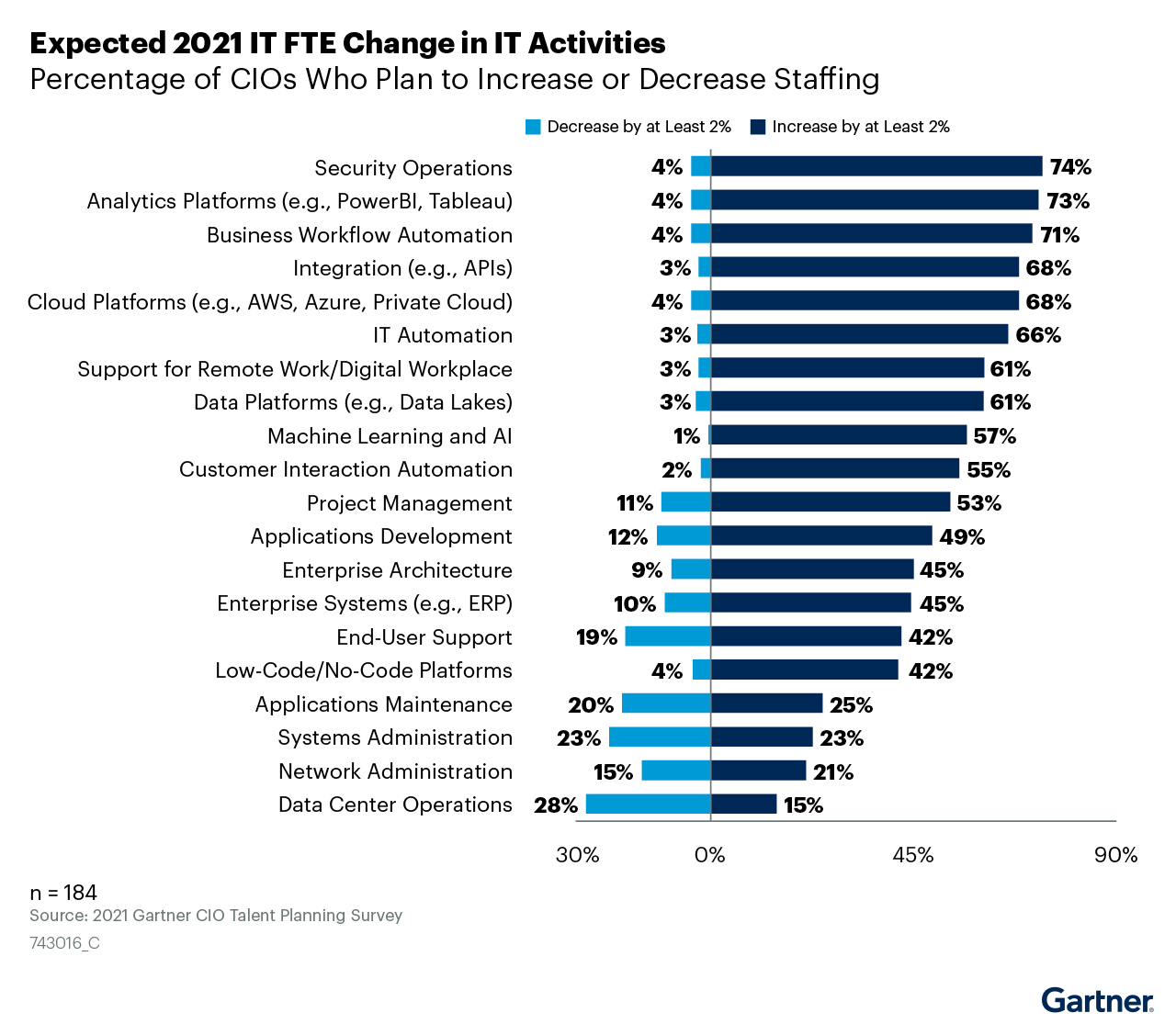
- 86% of business executives say frontline workers, directly interacting with customers, need better technology-enabled insight to be able to make good decisions in the moment (HBR and ThoughtSpot)
- Less than half (41%) of security professionals feel their companies are utilizing best practices to ensure secure remote workforce (Security Magazine)
- Remote and hybrid work is increasing the number of devices per person with a continued increase in global devices installed—on pace to reach 6.4 billion units in 2022 (Gartner)
- 71% of manufacturers say employees are very important in supporting their digital transformation strategies (Industry Week)
- Digital technologies support workforce diversity. Zillow Group received a 12% boost in female applicants after insights in machine learning prompted them to change job listing language to be gender neutral (Quartz)
- 48% of businesses fear their teams are at risk of burnout from trying to adapt IT strategies at the accelerated pace required by Covid-19 (Dell Technologies)
- 85% of business leaders have somewhat or greatly accelerated technologies to enable employees to interact and collaborate digitally (McKinsey)
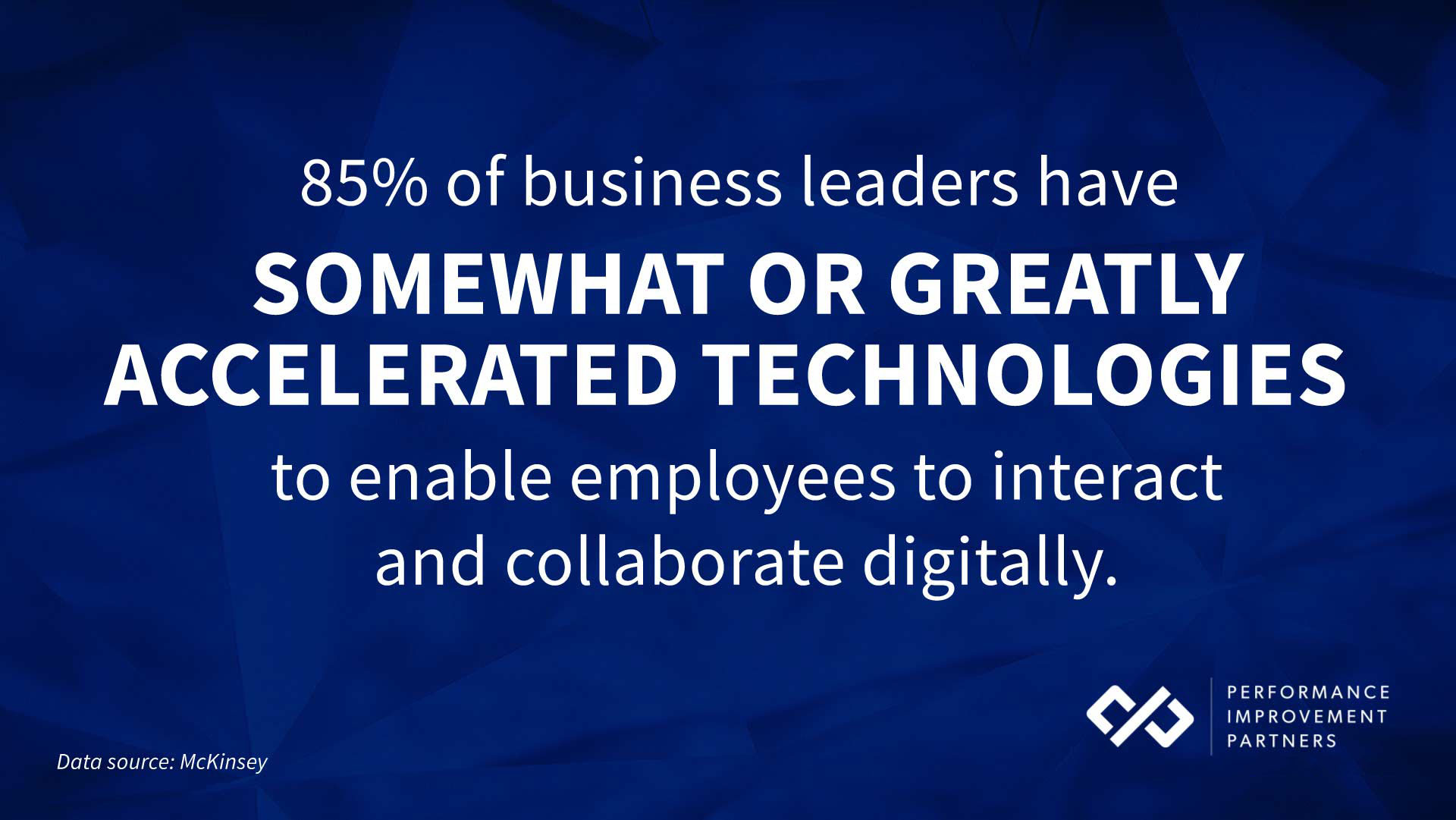
Digital Transformation’s Ties to Corporate Social Responsibility
- Most companies are using digital technologies to address environmental sustainability (Deloitte)
- With construction material waste making up 25 to 40% of the solid waste generated in the U.S., the industry is now using drones to help reduce this material waste at construction sites (Fortune)
- Socioeconomic concerns are at the forefront of enterprise goals as companies are called to demonstrate social responsibility from stakeholders, customers, and investors through the use of digital technologies (HBR)
- Energy sources for tech will continue to be monitored for CO2 emissions, electricity, and data sources to track environmental footprints. While American electricity is 7 times higher than in France, it still houses 50% of the data centers in the world (S. Energy Information Administration and Institut Montaigne)
Understanding the Challenges of Digital Transformation
- Of the top six issues driving HR technology decisions, 40% list creating collaborative work environments as a top need (PwC)
- There is a disconnect between the C-suite and HR management: Managers who are expected to use HR systems are two times less likely than the C-suite to say that they are effective on a range of business outcomes (PwC)
- Not enough technology partners has been named a top obstacle for 20% of global business leaders (Dell Technologies)
- More than 50% of executives say they are skeptical of business ecosystems and partnerships (EY Consulting)
- 95% of security professionals are facing added IT security challenges due to COVID-19 with the ability to secure remote access for employees as the top challenge
- 94% of businesses are facing fixed barriers to transformation (Dell Technologies)
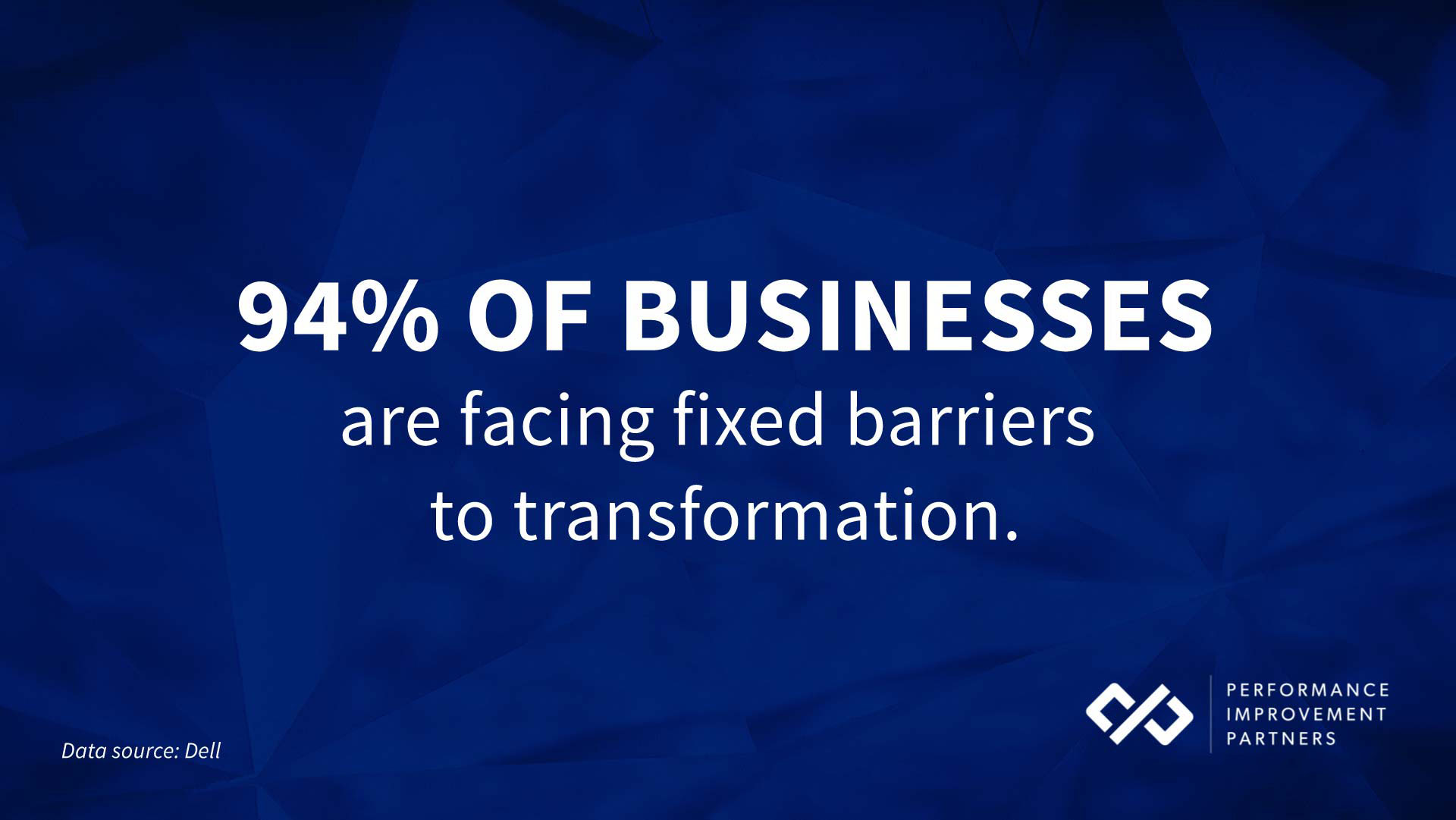
Best Practices in Digital Transformation
- Adopt to the needs of the customer: optimize for voice search. As more consumers adopt to IoT tech such as smart speakers and personal assistants, 27% are using voice search on mobile devices (Search Engine Watch)
- Consider your data analysis situation and costs: Bad data can average $15M in lost earnings a year (Gartner)
- Add roles as focus shifts: 67% of organizations are adding new roles and functions due to cloud investments (IDG)
- Focus on IoT: The top four benefits cited for IoT include gain competitive advantage (47%), create new business models (43%), meet changing customer expectations (34%) and improve quality (33%) (CorporateLeaders)
- Invest in cybersecurity: With the high costs surrounding a data breach, and a new cyber-attack occurring every 11 seconds, you need to be prepared (Cybercrime Magazine)
Digital Transformation Statistics by Industry
Banking and Finance
- Digital channels are used more frequently than branches when it comes to accessing primary banks—nearly a quarter of consumers use online and mobile apps 10+ times each month to manage banking needs. (Deloitte)
- Not only are digital channels used more frequently, but they are used as the primary ways in which to access information: 84% through online banking and 72% through mobile apps. (Deloitte)
- 85% of financial institution executives say their middle and back offices do not support the front office in meeting customer expectations. (HBR and Genpact Research)
- The top opportunity for digital transformation for securities firms is globalization and growth from new geographic markets. (Wipro)
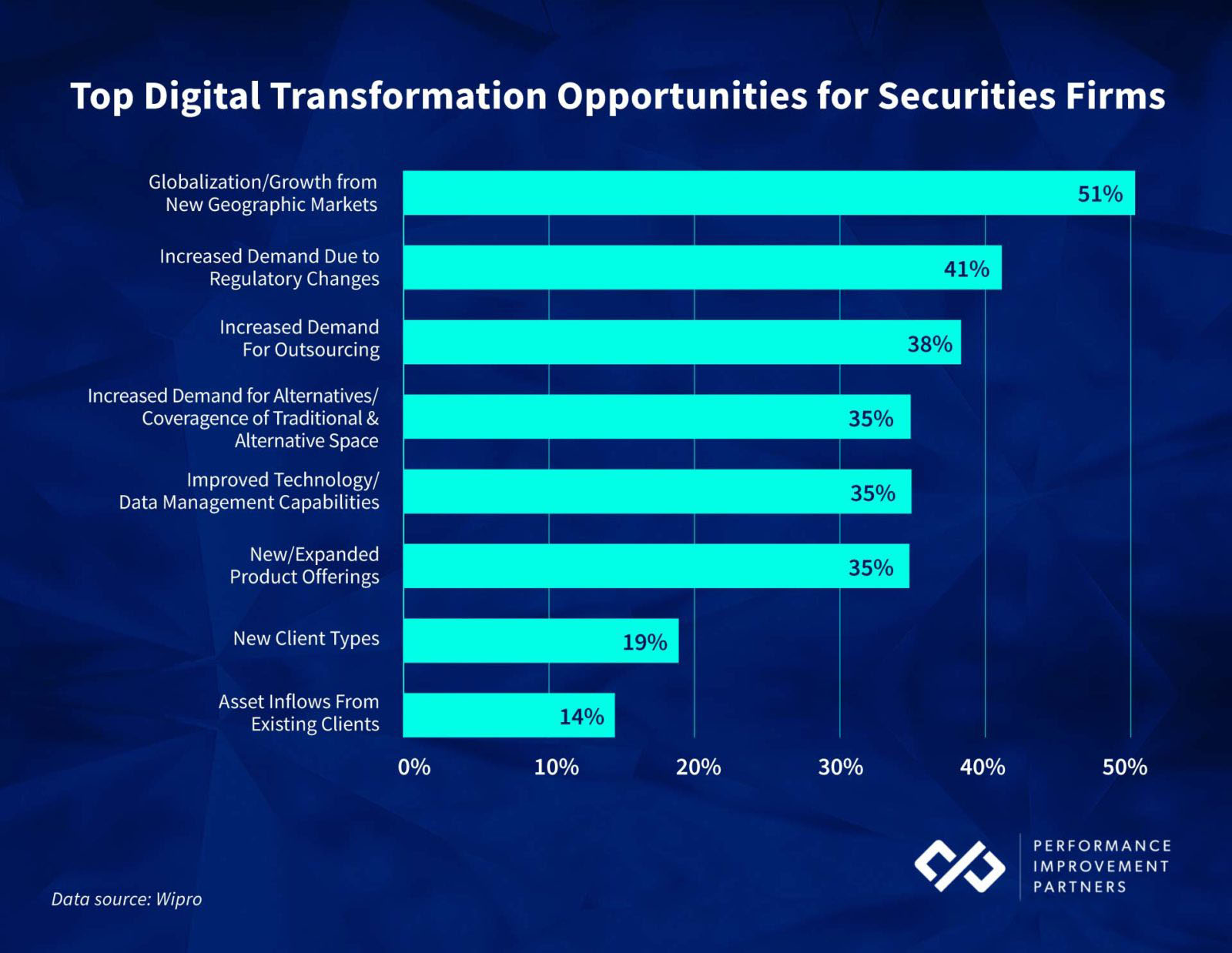
Healthcare
- Frontline workers are expected to increase their use of digital tools over the next two years with the biggest emphasis on unified communication tools (55%) and self-service analytics (54%) (HBR’s Analytic Services Survey)
- Post-COVID-19, nearly half (43.5%) of Medicare primary care visits were via telehealth (compared to 0.1% pre-COVID-19) (US Dept. of Health and Human Services)
- 76% of consumers are moderately or highly likely to continue using telehealth (McKinsey)
- 91% of those surveyed say that managers and supervisors play essential roles in empowering frontline workers (HBR and ThoughtSpot)
- Telehealth has seen aggressive accelerations due to COVID-19 up from 11% in 2019 to 46% of consumers using such services (McKinsey)
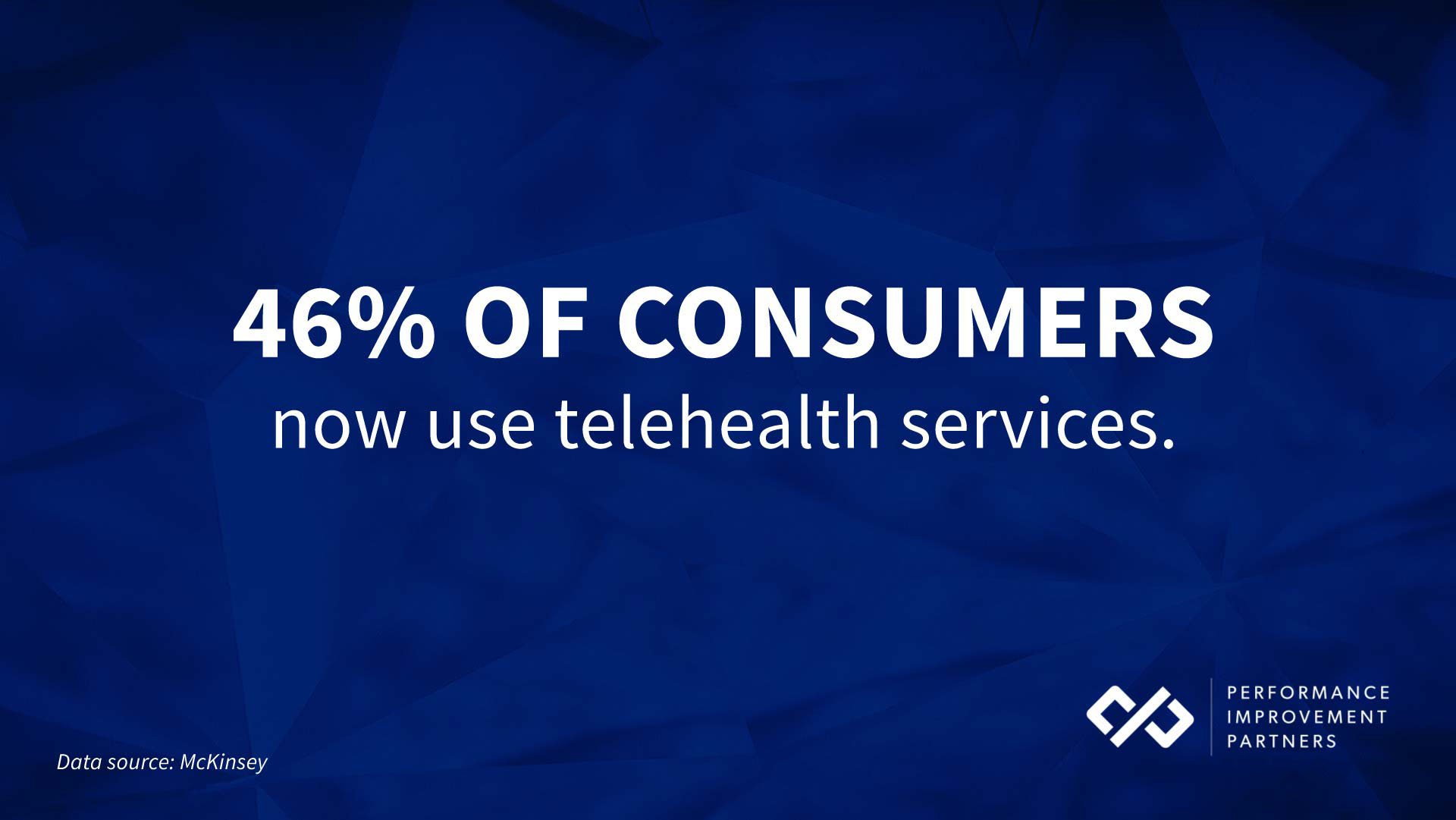
Retail
- An increase in consumer demand for unified commerce experiences has made fulfillment execution across physical and digital assets — through real-time analysis — a priority for retailers (Gartner)
- Nearly 71% of retailers stats that digital transformation is an essential part of retail technology (Fujitsu)
- While adoption of IoT is slow in this space, 69.2% of retailers believe that it will eventually revolutionize retail (Fujitsu)
- The use of robots to clean retail spaces rose 13.8% in Q1 2020 and 24% in Q2 2020 when compared to the same periods in 2019 (Brain Corp)
- The biggest challenge for retailers is optimizing and controlling costs (57.7%) with network security a close second at 57.2% (Fujitsu)
- In addressing the shift to e-commerce following Covid-19, the majority of marketers – 64% — are putting their focus on improving the online customer experience. (WARC)
- Omnichannel strategies work. Consumers using four or more digital channels spend 9% more compared to those who only use one (HBR)
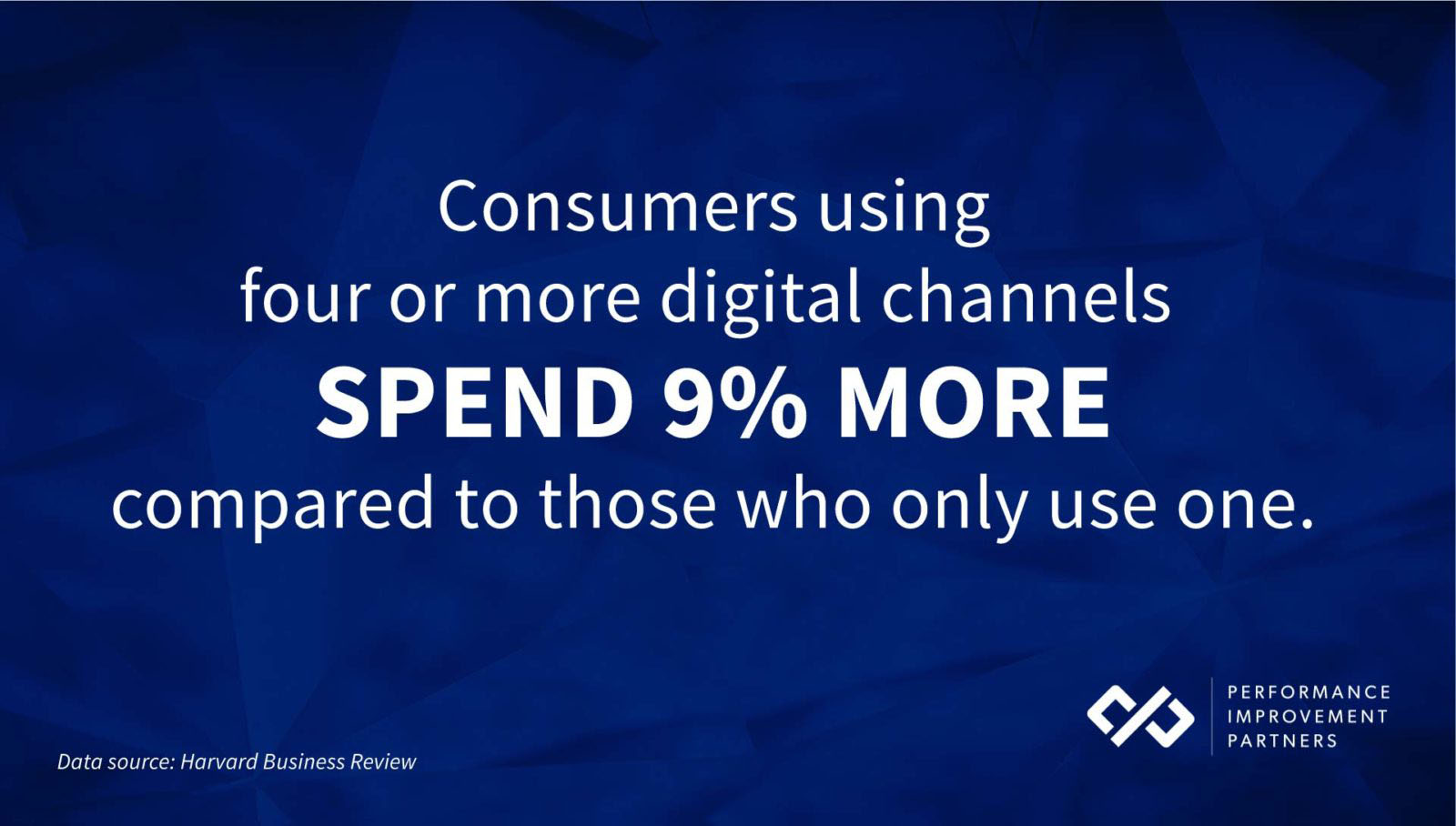
Real Estate
- Costs come into play as commercial real estate looks to incorporate air purification filtration systems in response to COVID-19, with likely increases between 20 and 25%. (National Association of Realtors)
- 49% of U.S. surveyed workers are concerned about their building management’s ability to consistently enforce health and safety guidelines (Honeywell)
- Property technology grew 1072% between 2015 and 2019 (Deloitte)
- More than 95% of property buyers use digital resources to guide their decisions (Glorium Technologies)
- The top three biggest disrupters in real estate include construction tech, AI, and big data. (PwC)
- The internet is the first step in the home-buying process for 54% of buyers (Properties Online)

Maximize Growth with Digital Transformation
In the words of George Westerman, Principal Research Scientist with the MIT Sloan Initiative on the Digital Economy, “When digital transformation is done right, it’s like a caterpillar turning into a butterfly. But when done wrong, all you have is a really fast caterpillar.”
The first step in driving transformational change with technology is understanding which opportunities are most relevant – and offer the most gains – to your business or portfolio.
Find out the unique ways you can outsize outcomes through digital technologies with the support of an experienced technology expert today.



